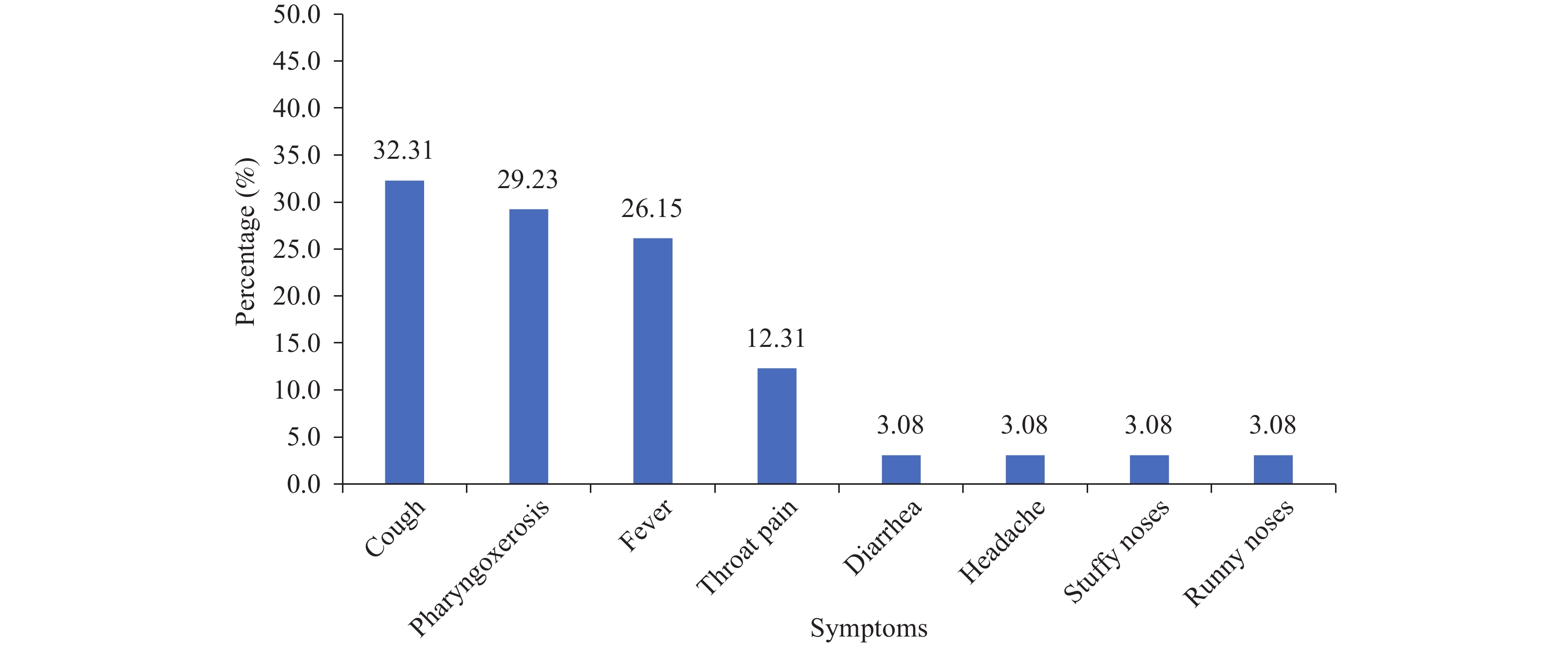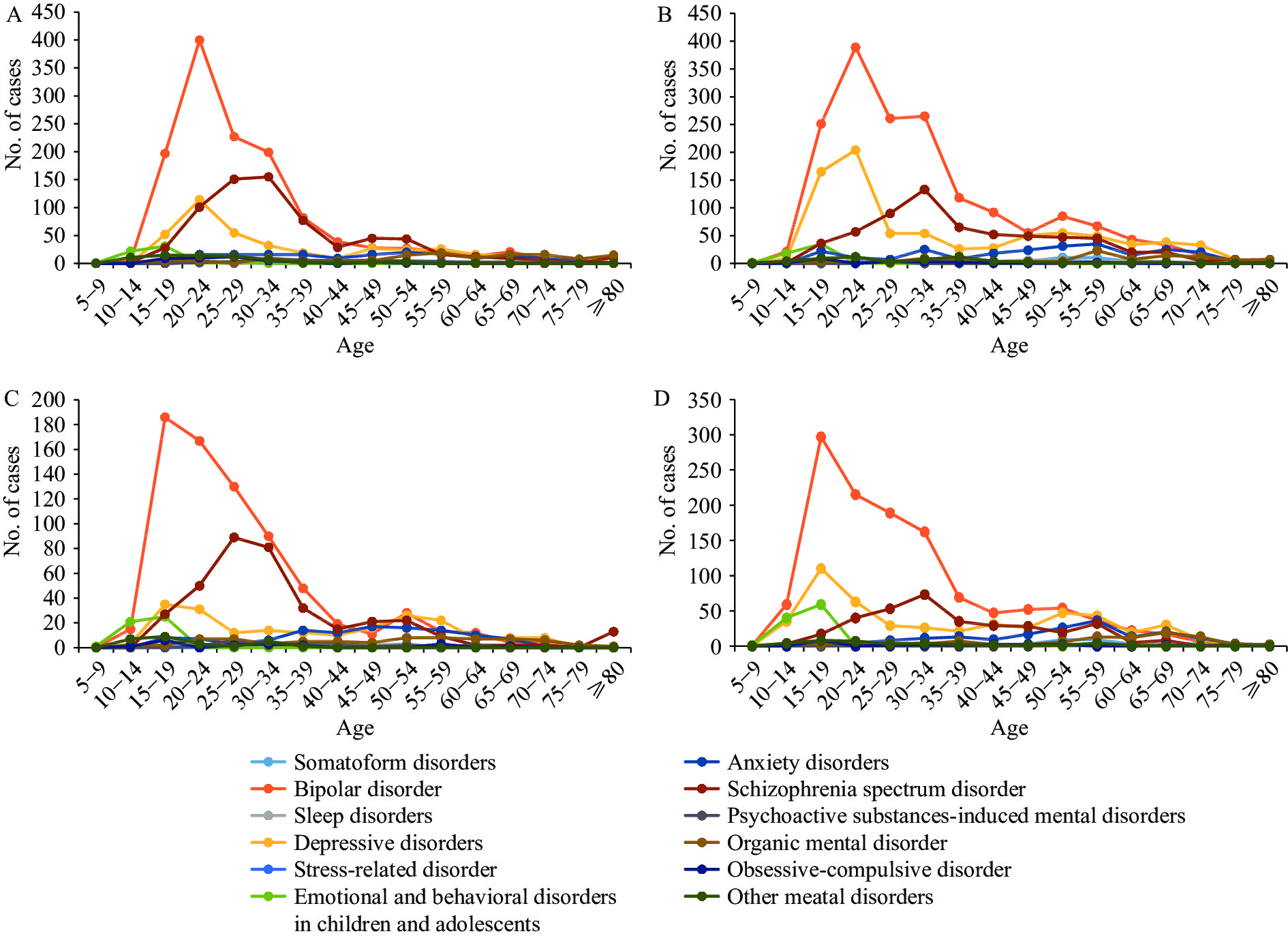2022 Vol. 4, No. 18
An outbreak of coronavirus disease 2019 (COVID-19) of Omicron BA.2 emerged in Jilin City since March 3, 2022, which involved in 27,036 cases by April 12. The vaccination program with inactivated COVID-19 vaccines has been implemented since the beginning of 2021.
The incidences of moderate, severe, and critical cases in the whole population of the group of 0+1 dose were 1.82-, 9.49-, and 3.85-fold higher than those in the group of 2 doses, and 5.03-, 44.47-, and ∞-fold higher than those received 3 doses vaccination. For the population ≥60 years, the incidences of moderate, severe, and critical cases in the group of 0+1 dose were 29.92, 9.62, and 4.27 per 100,000, showing 4.13-, 43.72-, and 4.85-fold higher than 2 doses, as well as 13.28-, 22.37-, and ∞-fold higher than 3 doses.
The incidences of each type of COVID-19 in the population who were fully vaccinated or booster vaccinated in Jilin City were significantly lower than those who were unvaccinated and/or partially vaccinated. Booster vaccination with homologous inactivated vaccines induces stronger protectiveness for COVID-19 caused by variant of concern (VOC) Omicron.
The newly emerged variant of Omicron, which carries many of the mutations found in other variants of concern (VOCs), as well as a great number of new mutations that may enhance its immune escape, has spread rapidly around the world. This has raised public concern about the effectiveness of the current coronavirus disease 2019 (COVID-19) vaccine.
In this study, different bioinformatic softwares were applied to predict the dominant Omicron spike (S) protein cytotoxic T lymphocyte (CTL) and T helper (Th) epitopes in representative world population and Chinese population. Compared to the original severe acute respiratory syndrome coronavirus 2 (SARS-CoV-2) S protein, limited mutations were identified within the dominant CTL and Th epitopes in Omicron variant.
The results of this study suggested that the current COVID-19 vaccine-induced T-cell immunity may still provide significant protection against Omicron variant infection in fully vaccinated individuals.
The Omicron variant has been listed as a variant of concern, but the characteristics still remain unclear.
The vaccinated proportion of 65 imported coronavirus disease 2019 cases that were infected with Omicron variant in this study was 89.23%, which was higher than Delta cases. Most imported cases infected with Omicron were tested positive using polymerase chain reaction after entering Guangdong within 3 days, a shorter period than Delta.
Under this observation, the international travelers infected with Omicron variant were detected positive earlier after entry than those infected with Delta variant. Breakthrough infections occurred in most Omicron cases in this study, but vaccination was still effective to reduce the incidence of severe illness. Omicron surveillance should be strengthened.
The coronavirus disease 2019 (COVID-19) pandemic poses a significant threat to mental health globally and may change the proportion of hospitalized patients.
This report analyzed and compared the disease characteristics of psychiatric inpatients one year before and after Wuhan lifted lockdown during COVID-19. About 50% of the inpatients were diagnosed with bipolar disorder; females and adolescents had a higher prevalence of mental disorders.
More attention should be paid to the mental health of children, adolescents, and females.



 Subscribe for E-mail Alerts
Subscribe for E-mail Alerts CCDC Weekly RSS Feed
CCDC Weekly RSS Feed

